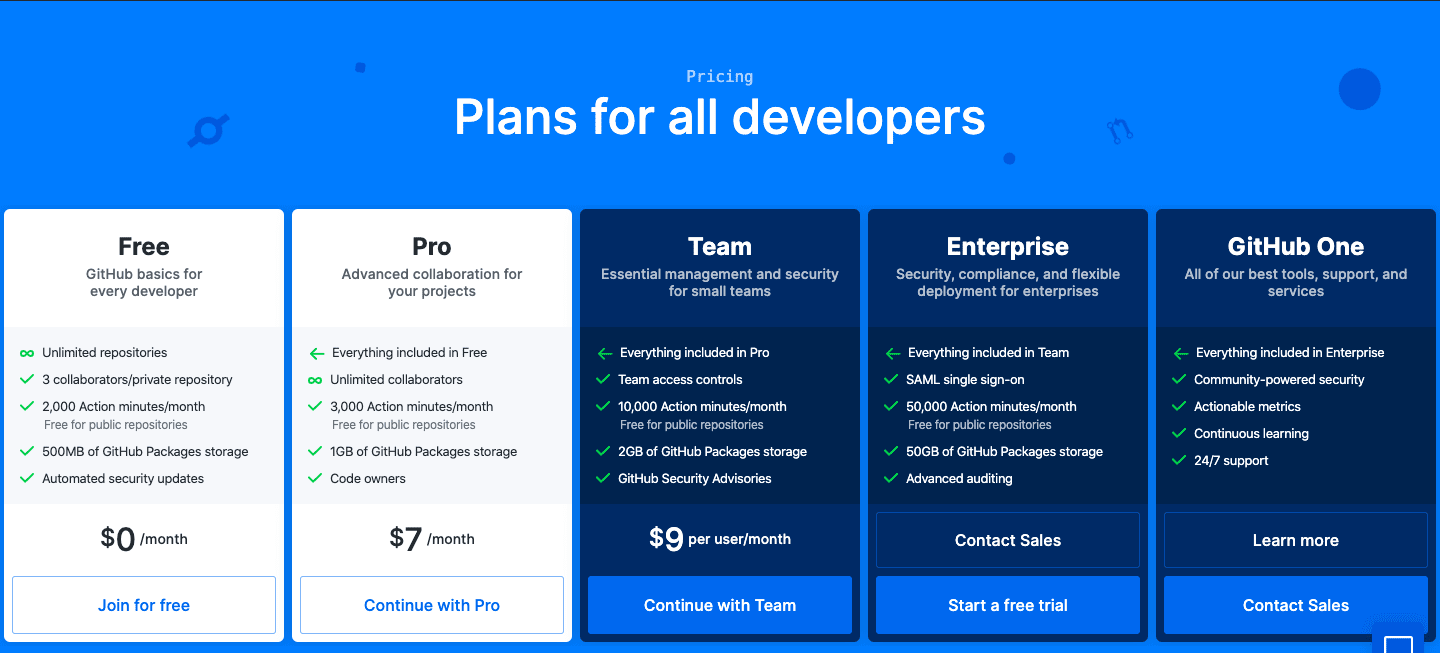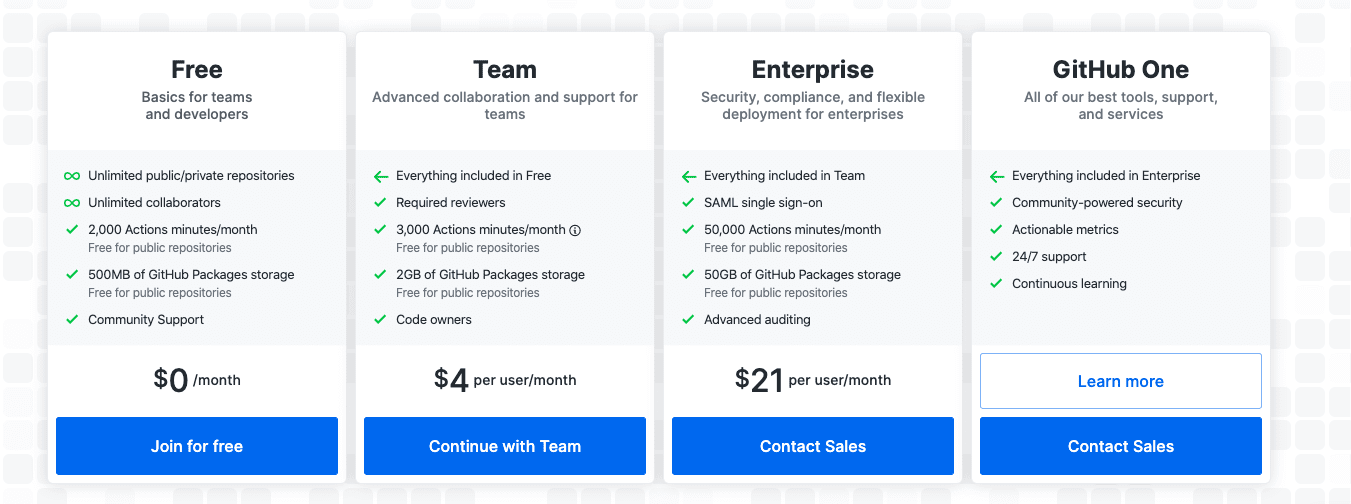
Popular software hosting and collaboration platform GitHub has made some of its core premium features free for everyone. The Microsoft-owned company said yesterday that an organization can now make private repositories for development without paying any fees.
Up until now, if a firm wanted to host its private development on GitHub, it had to subscribe to one of the premium plans starting from $7 a month. Last year, the company made private repositories available for the free tier, users but with restrictions such as the number of collaborators.

TNW Couch Conferences
Join industry leaders to define new strategies for an uncertain future
Apart from private repository access, a team can also get 2,000 GitHub action minutes per month at no cost. Actions is GitHub’s automation tool offering which lets applications orchestrate any workflow based on an event — like sending a notification. So, the free tier offering is ideal for small-scale projects.
[Read: Google’s AutoML Zero lets the machines create algorithms to avoid human bias]
If you want some advanced features, such as code owners to have better control of the project, you’ll need to pay $4 instead of $9 for teams.

In an Q&A session hosted on Hacker News, CEO Nat Friedman said GitHub wanted to roll out this change for the last 18 months:
We’ve wanted to make this change for the last 18 months, but needed our Enterprise business to be big enough to enable the free use of GitHub by the rest of the world. I’m happy to say that it’s grown dramatically in the last year, and so we’re able to make GitHub free for teams that don’t need Enterprise features.
We also retained our Team pricing plan for people who need email support (and a couple of other features like code owners).
In general we think that every developer on earth should be able to use GitHub for their work, and so it is great to remove price as a barrier.
Currently, GitHub has more than 40 million developers on the platform, and it aiming 100 million developers by 2025. Making premium features available for everyone without cost can be a step in the right direction to achieve that number.
Read next: Here’s why driverless vehicles still need wing mirrors
Corona coverage
Read our daily coverage on how the tech industry is responding to the coronavirus and subscribe to our weekly newsletter Coronavirus in Context.
For tips and tricks on working remotely, check out our Growth Quarters articles here or follow us on Twitter.


